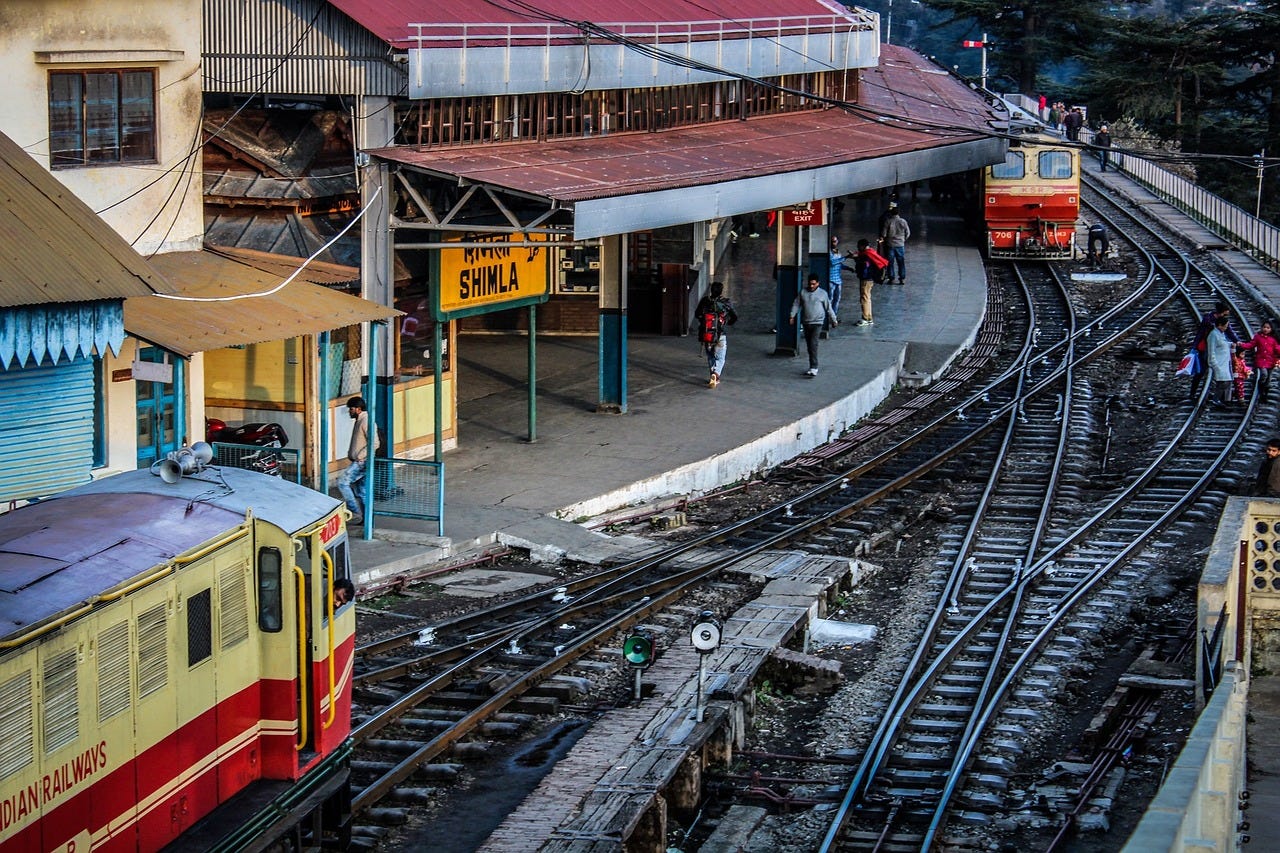India’s Transit Payments: A Different Path Forward
Explore India's dual transit payment landscape, analysing challenges and opportunities in digital inclusion and cash adaptation for public transport systems.
India’s transit payment ecosystem is a paradox of extremes. On one hand, it leads the world in real-time digital payments with over 83 billion UPI transactions annually. On the other hand, public transport systems across the country remain largely cash-dependent. This duality creates an innovation landscape where Western models falter, and indigenous, hybrid solutions must bridge the divide between fintech ambition and everyday realities.
With 8.2 billion annual public transport passengers and 632 million UPI users, India's approach to transit payments could become a global case study in scaling digital inclusion amidst systemic complexity.
India Transit Payment Landscape
1.1 The Scale of the Challenge
India operates one of the world’s largest and most multifaceted public transport networks:
Roads: 6.7 million km, supporting 8.2 billion passenger journeys annually
Rail: 68,080 km, moving 23.1 million passengers daily
Urban Buses: Only 35,000 active buses, compared to a projected need of 200,000
Metros: 10.5 million daily riders (all metro combined, Delhi Metro alone- 7Mn)
Such vast infrastructure creates pressure points unique to India:
Multimodal commutes: 90% of passengers combine two or more transport modes daily
Fare fragmentation: Delhi alone has 453 different bus routes with disjointed pricing systems.
Capacity gaps: While metro investment surged by 29%, ₹31,000 crore in 2025, bus funding lags at ₹1,310 crore.
Despite India’s global leadership in digital payments, 76% of public transport fares are still paid in cash.
1.2 UPI dominance but cash reality
India’s Unified Payments Interface (UPI) has transformed retail transactions, but this success has not carried over to public transit:
Payment Mode General Usage Transit Usage UPI 83% 9% Cash 21% 76% Prepaid Transit Card 2% 11%
Three structural barriers explain this paradox:
Interoperability gaps: 93% of journeys involve multiple operators, but current systems lack cross-platform payment integration
Throughput limitations: Metro turnstiles require sub-second processing; UPI’s 2-second delay is too slow
Economic realities: Auto-rickshaw drivers earn ₹400–600 daily, making digital terminals financially unviable
1.3 Why Global Card-Based Models Won’t Work
The Indian government’s "One Nation One Card" initiative, inspired by systems like London’s Oyster card, faces key limitations in the Indian context:
Feature Global Model (e.g., Oyster) Indian Reality Network coverage Single operator 7+ modes per journey Card usage adoption 58% 11% Technology standard NFC QR code driven
India’s 732 million smartphone users make mobile-first solutions more practical than retrofitting card-based terminals, which would require ₹12,000 crore in infrastructure investment.
1.4 Problems with "Global-First" Solutions
Western transit payment models fail in India’s context:
Density mismatch: Delhi has 11,320 passengers/km² vs London’s 5,701, requiring 3x faster fare gates.
Financial inclusion: 190 million unbanked adults need cash-compatible systems.
Operator fragmentation: 67 rail divisions and 200+ bus operators prevent unified payment rails.
The 2025 budget’s ₹4,000 crore e-mobility push risks repeating these errors by prioritizing vehicle procurement over payment integration.
1.5 India’s Transit Cash Problem Is a Digital Opportunity
India’s reliance on cash in transit isn’t just a challenge — it’s a unique digital inclusion opportunity. Consider:
₹2.3 trillion in annual cash flows through public transport
68% of riders are willing to use digital methods if integrated with UPI
73% want hybrid cash-digital options
India has the potential to leapfrog legacy systems by building "UPI 2.0 for transit" — tailored for local needs:
Offline QR-based ticketing for low-connectivity areas
Dynamic fare-splitting across operators
Soundbox integration with auto-rickshaw meters for seamless payments
Bridging the Digital Divide with Infrastructure
2.1 Smart Kiosks at Transit Hubs
To convert cash into digital fare credits, India needs an estimated 50,000 kiosks by 2030:
Feature Impact Cash ⇌ UPI Wallet Serves 290 million unbanked Ticket printing 40% faster than mobile booking Subsidy top-up Enables direct benefit transfers
Delhi’s Sarai Kale Khan hub is a working proof-of-concept — averaging 18,000 cash-to-UPI conversions daily since 2024.
2.2 Mobile Wallets as the Transit Core
For UPI to succeed in transit, three key upgrades are needed:
Mode-agnostic passes: A single ₹500/month pass for metro, bus, and auto. The Hyderabad trials saw a 23% increase in uptake.
Geofenced auto-pay: With 55% of auto rides under ₹90, UPI Lite can enable seamless payments.
Delayed settlement: Allowing 72-hour payment windows reduced missed trips by 17% in Mumbai.
2.3 Smart Subsidy Distribution
Instead of one-time card issuance, subsidies should be distributed through interoperable smart cards integrated with UPI:
₹300/month in travel credit for women and students
Auto-top-up options via 3 million kirana stores
Integration across 200+ bus operators
This could reduce cash handling costs by ₹8,200 crore annually while improving women's access to transit by 44%.
Call to Action
3.1 Transit Should Be a Financial Inclusion Engine
Every ₹100 invested in payment integration yields ₹214 in broader economic benefits through:
Micro-savings: Auto-load ₹10/day travel wallets
Credit building: On-time payment rewards
Data empowerment: Travel history as collateral
3.2 Don’t Remove Cash – Convert It Smartly
Hybrid solutions outperform cashless dogma:
Optimal Payment Mix for 2030
Mode Current Share Target Share (2030) Enablers Cash 76% 30% Smart kiosks UPI 9% 45% Offline QR, UPI Lite Prepaid 11% 15% Subsidy integration Bank Cards 4% 10% NFC-UPI convergence
India’s transit future lies not in mimicking the West’s card-dominated systems, but in pioneering the world’s first cash-adaptive digital framework – where a street vendor can board a metro with ₹10 coins and alight using UPI, all within one interoperable system.
The technology exists. The policy momentum is building. What’s needed now is the vision to prioritize payment interoperability over mere vehicle procurement.
Enjoyed this article?
We regularly publish insights on payment strategy, risk, and governance.
You will find more articles here.
Let’s talk if you think Payment Matters could be the right fit for your needs. Reach out to discuss how we can support your organisation.
paymentmatters.com.au
Sources:
https://en.wikipedia.org/wiki/Transport_in_India
https://pib.gov.in/PressReleasePage.aspx?PRID=2079544
https://delhiplanning.delhi.gov.in/sites/default/files/Planning/12_transport.pdf
https://www.koanadvisory.com/storage/2023/10/Transit-Payments-Report_Koan_Lite.pdf
https://www.reddit.com/r/transit/comments/1i147rh/why_debitcredit_card_payments_are_not_more/


